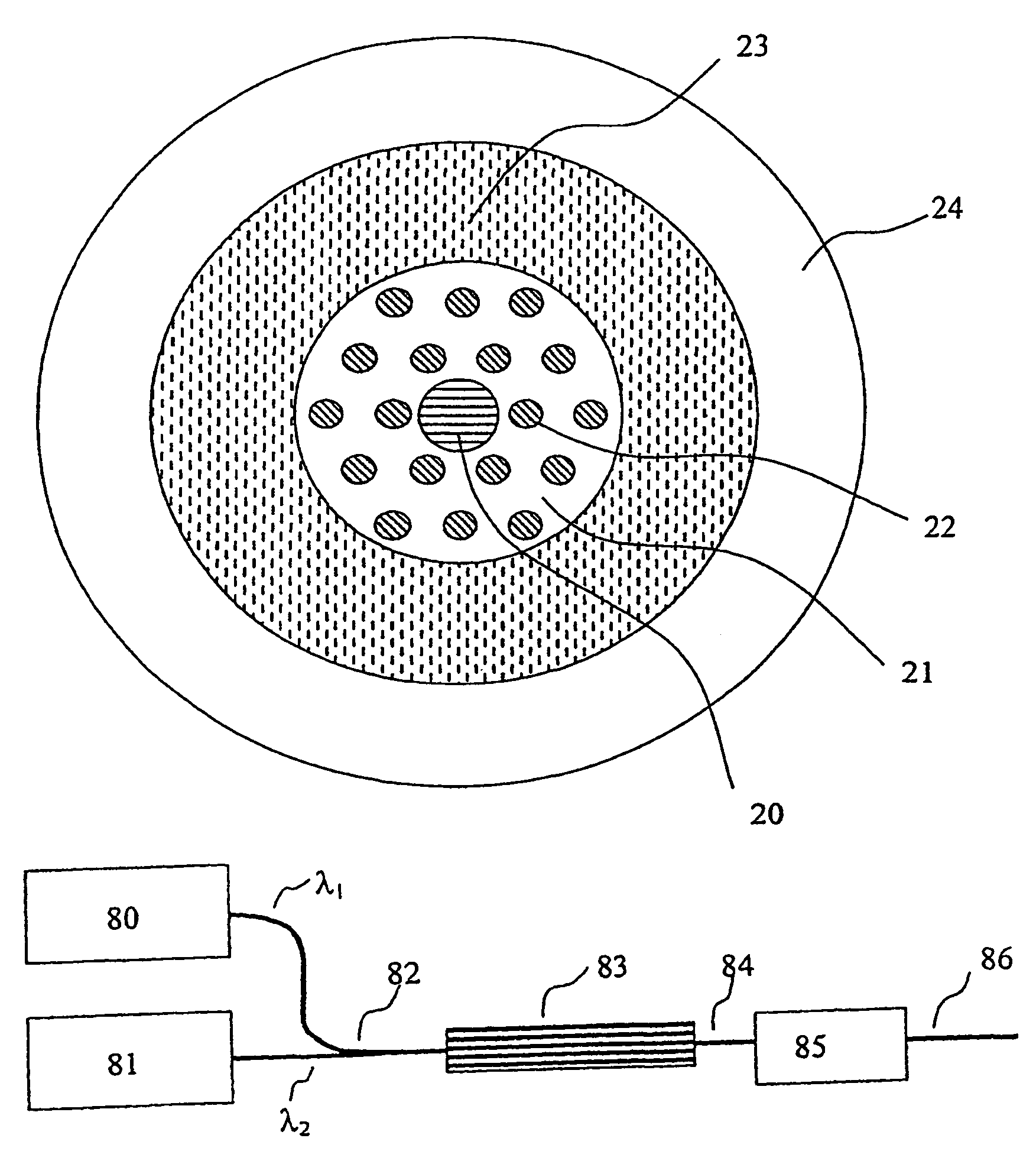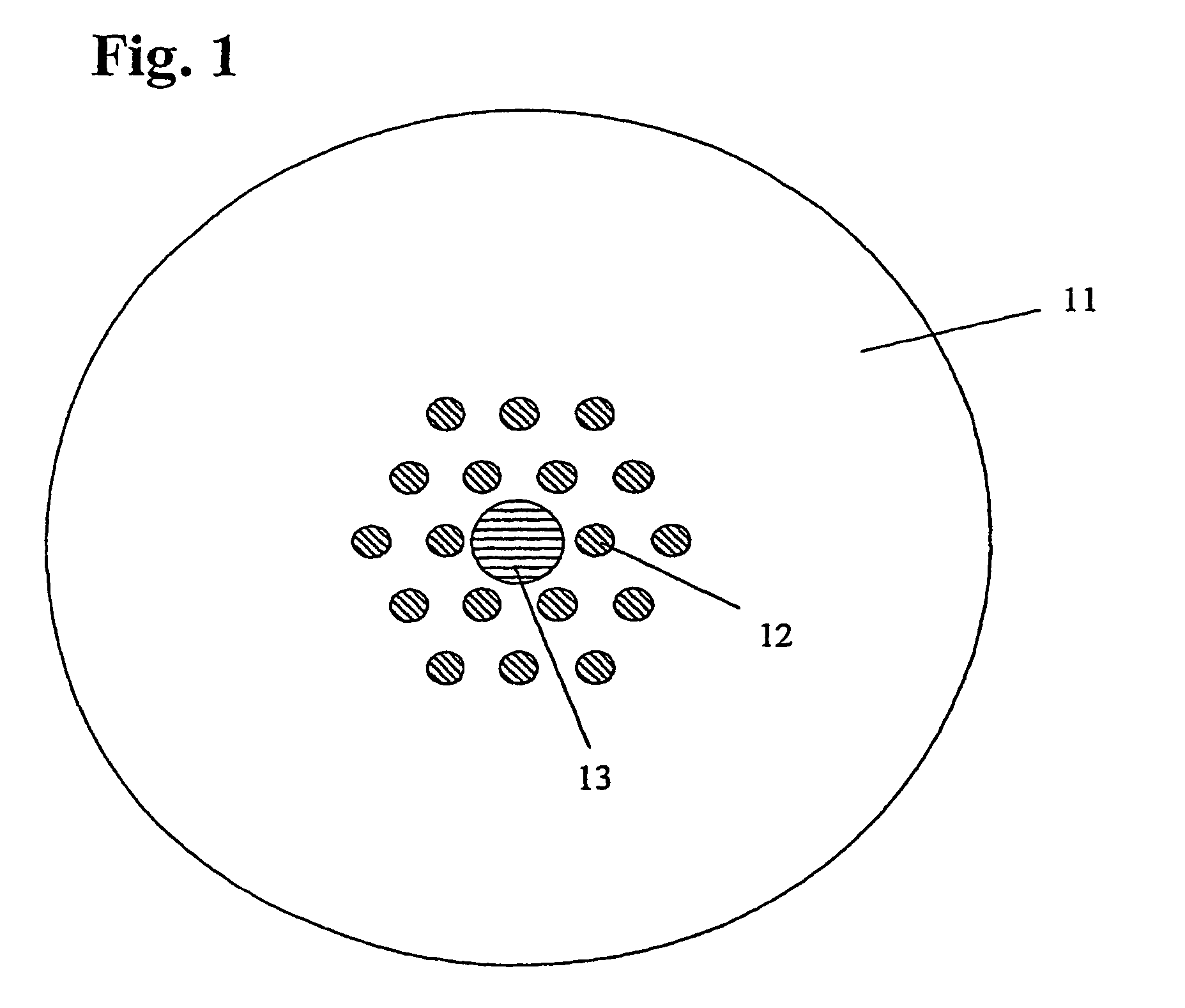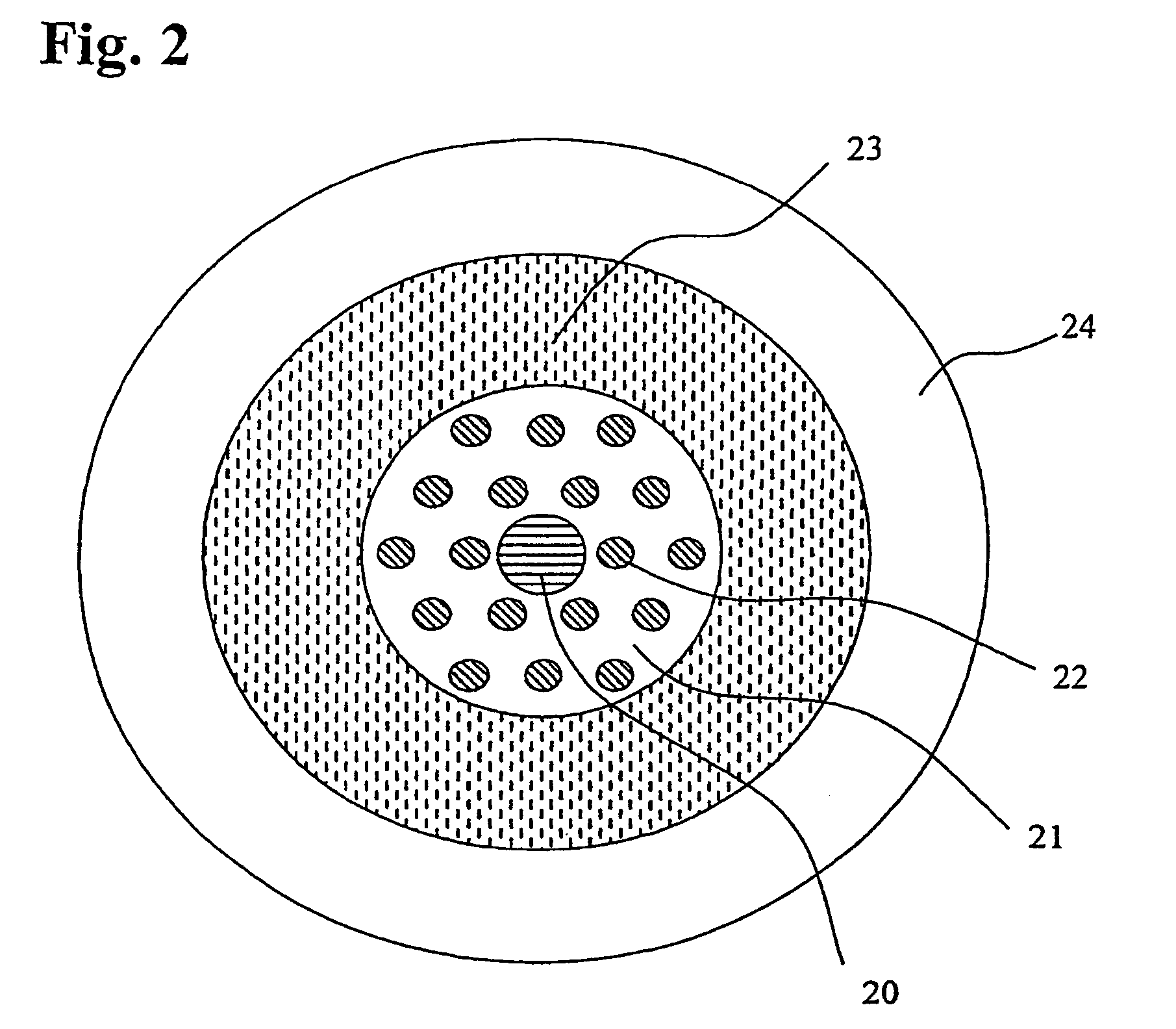Optical wavelength converter
a wavelength converter and optical technology, applied in the field of optical devices, can solve the problems of low conversion efficiency, high power consumption of opto-electronic converters, and high bandwidth limitations of electronic circuitry, and achieve the effects of large non-linear absorption, large non-linear refraction, and high conversion efficiency
- Summary
- Abstract
- Description
- Claims
- Application Information
AI Technical Summary
Benefits of technology
Problems solved by technology
Method used
Image
Examples
Embodiment Construction
[0081]Further scope of applicability of the present invention will become apparent from the detailed description given hereinafter. However, it should be understood that the detailed description and specific examples, while indicating preferred embodiments of the invention, are given by way of illustration only, since various changes and modifications within the spirit and scope of the invention will become apparent to those skilled in the art from this detailed description.
[0082]This description is divided into four parts. Part I describes the fundamental nature and qualitative functionality of the micro-structured non-linear waveguide. Part II describes the qualitative function of an optically controlled switch according to the invention, Part III describes preferred wavelength conversion devices using the optically controlled gating element based on an exemplary micro-structured non-linear waveguide gate, and Part IV describes alternative approaches in the optical control of micr...
PUM
| Property | Measurement | Unit |
|---|---|---|
| diameter | aaaaa | aaaaa |
| wavelengths | aaaaa | aaaaa |
| index of refraction | aaaaa | aaaaa |
Abstract
Description
Claims
Application Information
 Login to View More
Login to View More - R&D
- Intellectual Property
- Life Sciences
- Materials
- Tech Scout
- Unparalleled Data Quality
- Higher Quality Content
- 60% Fewer Hallucinations
Browse by: Latest US Patents, China's latest patents, Technical Efficacy Thesaurus, Application Domain, Technology Topic, Popular Technical Reports.
© 2025 PatSnap. All rights reserved.Legal|Privacy policy|Modern Slavery Act Transparency Statement|Sitemap|About US| Contact US: help@patsnap.com



